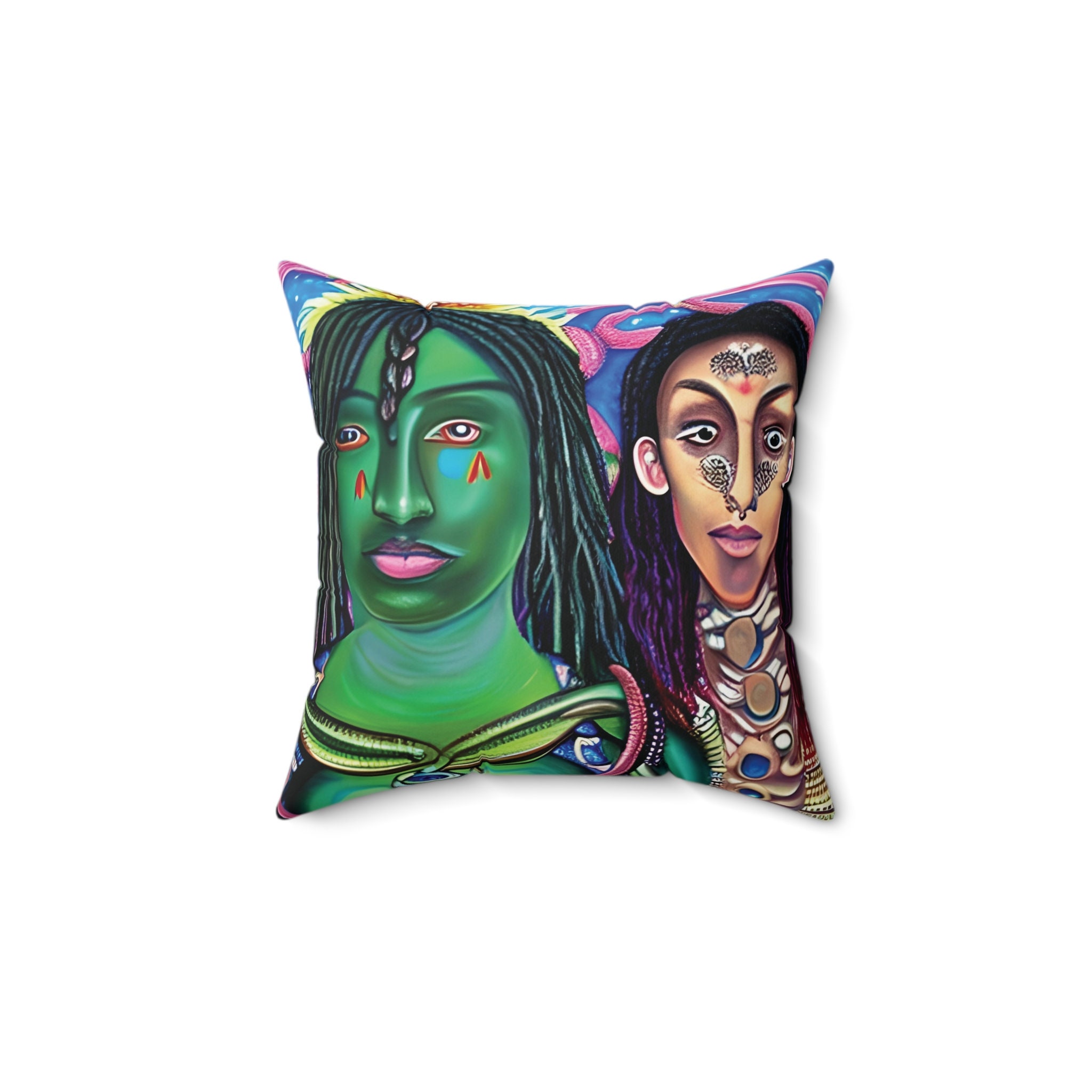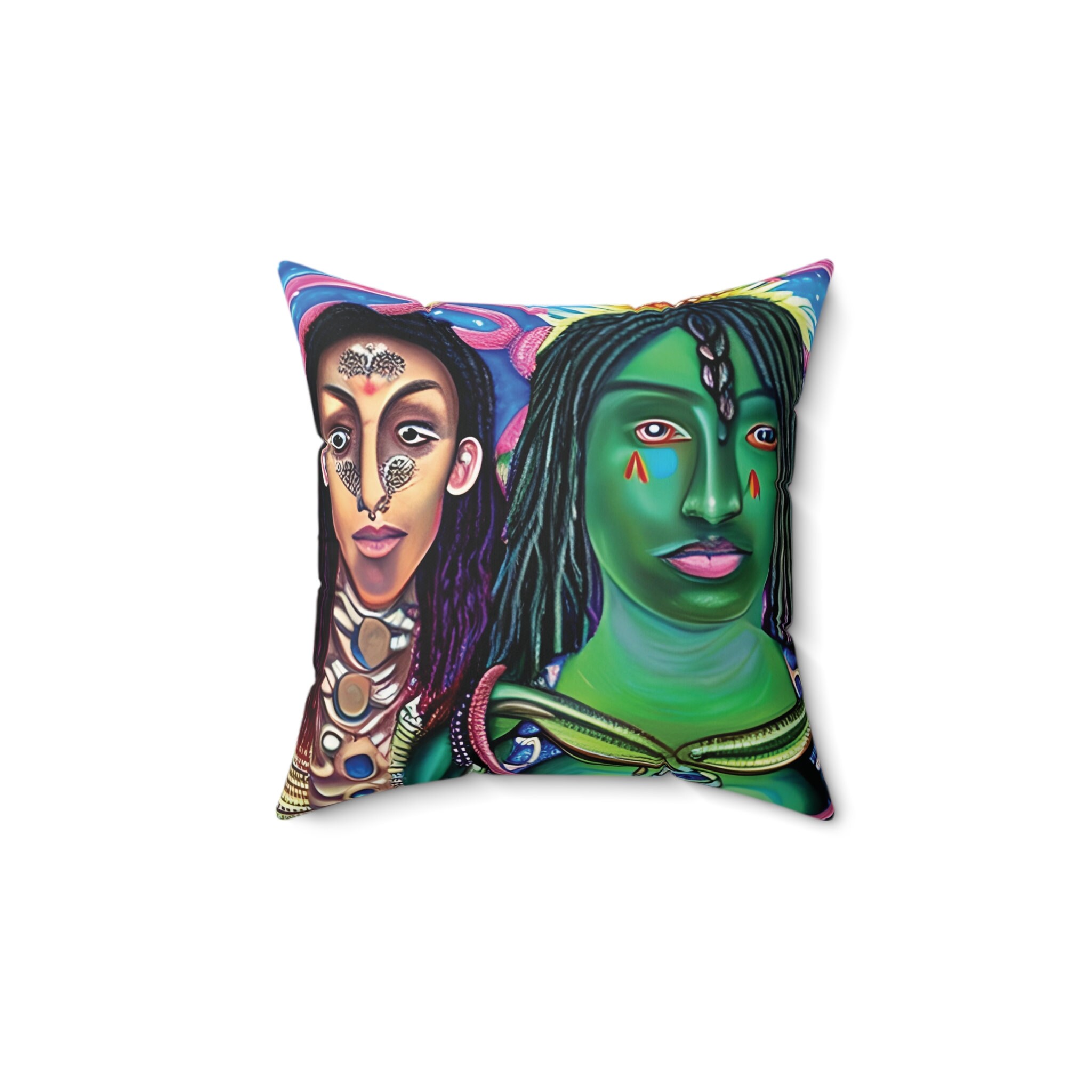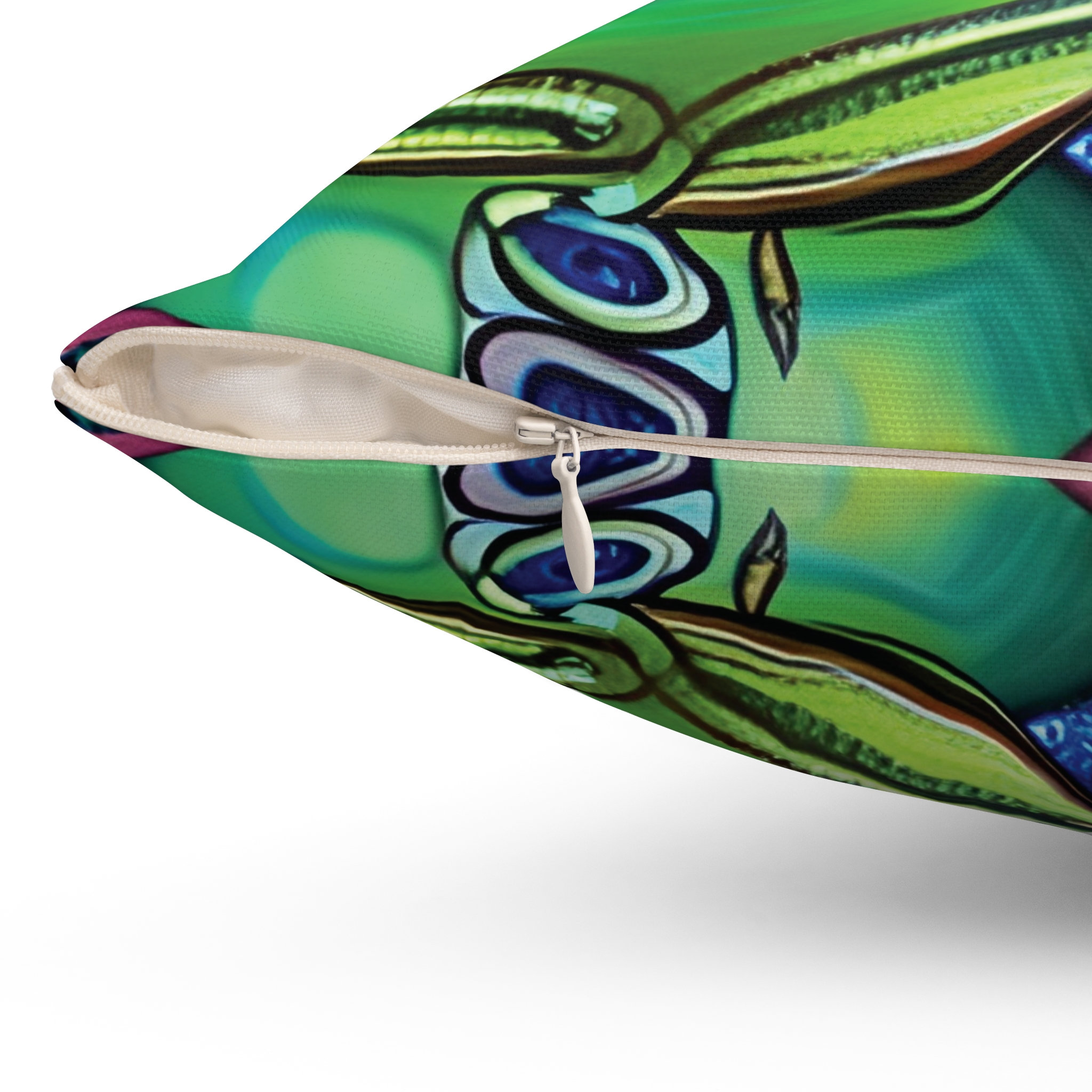Earth Goddesses Series, #6 of 10, Three Sizes 14-18", Surreal, Tribal, Primitive, Pagan, Animist, Spirit, Spiritual, Colorful
$29.00
The "Earth Goddesses" Series: A Celebration of Diversity and Nature
The "Earth Goddesses" series is a spellbinding journey into a world of vibrant femininity and power, interwoven with the primal forces of nature and the intrinsic beauty of the Earth. Each painting, irrespective of its individual narrative, contributes to the overarching theme of unity in diversity, blending the ethereal with the terrestrial.
Drawing upon tribal aesthetics, the series employs a rich tapestry of colors, textures, and motifs that evoke ancient traditions, rituals, and connections to nature. The choice of skin tones — from the earthen brown to the mysterious purple — embodies the vast spectrum of Earth's landscapes, from its fertile plains and golden deserts to its dense forests and towering mountains.
The prominence of the goddesses in each canvas underscores the matriarchal essence of nature. Their long, rope-like hair is not just a stylistic choice but symbolizes the interconnectedness of life, the roots that bind all living beings to Mother Earth, and the rivers of knowledge and legacy that flow through generations.
The recurring tribal elements, besides adding a visual richness, serve as a reminder of humanity's earliest relationship with nature: one of respect, symbiosis, and reverence. These elements beckon viewers to reconnect with the primal, to remember a time when humanity and nature existed in harmony.
While the series is deeply rooted in nature, it also champions diversity, both in its portrayal of the goddesses and in its celebration of various hues and forms. It sends a powerful message about the strength found in unity, the beauty in diversity, and the need to honor and protect the myriad forms of life on our planet.
In essence, the "Earth Goddesses" series is not merely a collection of paintings; it's a visual symphony of stories, beliefs, and emotions that resonate with the timeless dance of life, nature, and femininity. It beckons viewers to pause, reflect, and appreciate the wondrous world we inhabit.
Room accents shouldn't be underrated. These beautiful indoor pillows in various sizes serve as statement pieces, creating a personalized environment.
.: Sizes: 14", 16", 18"
.: 100% Polyester cover
.: Double sided print
.: Concealed zipper
.: Polyester pillow included
Shipping from United States
Processing time
1-7 business days
Customs and import taxes
Buyers are responsible for any customs and import taxes that may apply. I'm not responsible for delays due to customs.
Payment Options
Returns & Exchanges
I gladly accept returns and exchanges
Just contact me within: 14 days of delivery
Ship items back to me within: 30 days of delivery
I don't accept cancellations
But please contact me if you have any problems with your order.
The following items can't be returned or exchanged
Because of the nature of these items, unless they arrive damaged or defective, I can't accept returns for:
- Custom or personalized orders
- Perishable products (like food or flowers)
- Digital downloads
- Intimate items (for health/hygiene reasons)
Conditions of return
Buyers are responsible for return shipping costs. If the item is not returned in its original condition, the buyer is responsible for any loss in value.
Frequently Asked Questions
What is All-Over-Print (AOP)?
All-Over Print (AOP) is a printing method that uses dye-sublimation to print a design onto polyester. During the dye sublimation process the dye is absorbed into the fabric. Since, it is not printed on the surface, like most t-shirts, it provides for a fantastic soft-to-the-touch feel and superior breathability.
AOP is a more time consuming method than screen printing or direct-to-garment (DTG) printing, so the prices are higher and the production times are longer, but the results are most definitely worth it.
Advantages of AOP:
The design won't peel off, unlike typical screen printing.
The design is part of the fabric of the item, so it will last as long as the item does.
The intensity of color is often unmatched.
What is Giclée?
Giclée (pronounced zhee-CLAY or often gee-CLAY) is a printing process that creates a museum quality, archival print. Special acid-free, paper is printed with fade resistant ink using a state-of-the-art, large format inkjet printer.
What is a gallery wrap canvas?
Gallery wrap is a style of displaying a canvas that doesn't show any visible staples or nails holding the fabric to the wooden stretcher bars. This style of canvas is intended to be hung unframed.
What is a gallery mirror wrap canvas?
Mirrored edges (mirror wrap) is used to show the whole image on the main surface, rather than printing the edges of the image on the sides (image wrap) of the canvas frame. It is usually used when there is necessary detail on the edges of the image. Image wrap is used when the focal point of the image is in the center.


